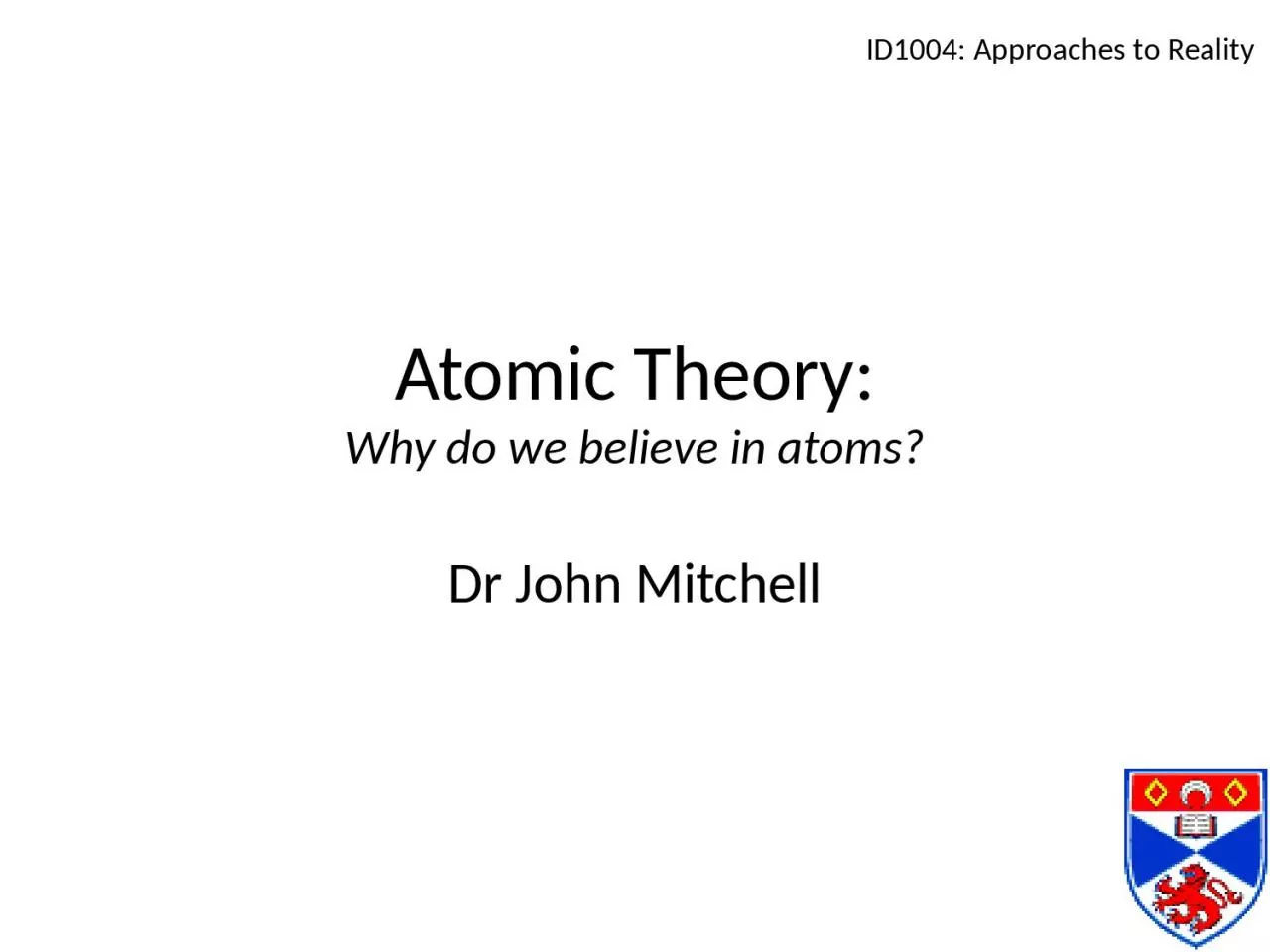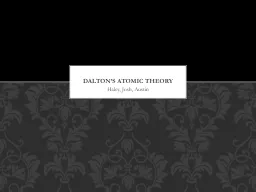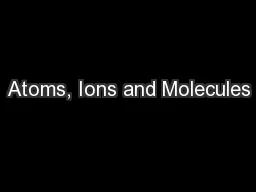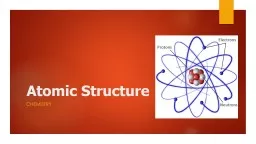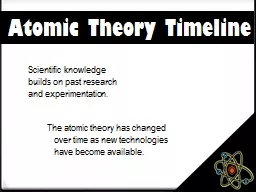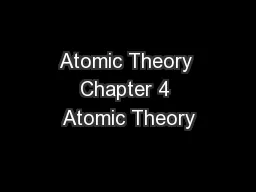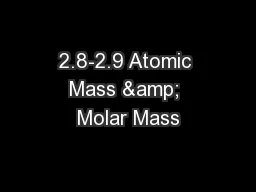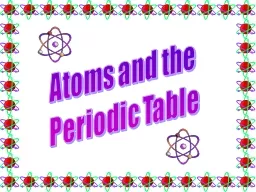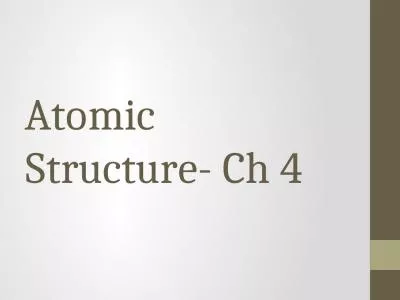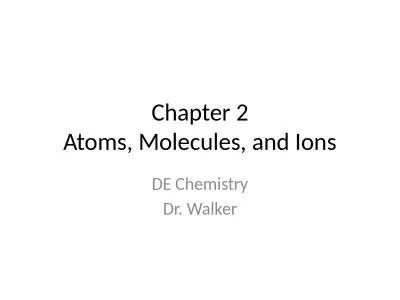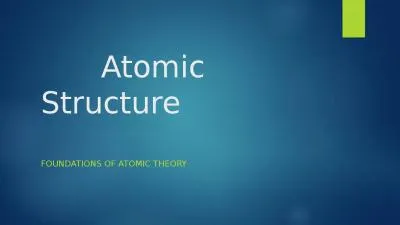PPT-Atomic Theory: Why do we believe in atoms?
Author : ani | Published Date : 2022-06-08
Dr John Mitchell ID1004 Approaches to Reality For Years People Wondered What is the World Made of What is Matter I s Water Made of the Same Stuff as Rock Is Matter
Presentation Embed Code
Download Presentation
Download Presentation The PPT/PDF document "Atomic Theory: Why do we believe in atom..." is the property of its rightful owner. Permission is granted to download and print the materials on this website for personal, non-commercial use only, and to display it on your personal computer provided you do not modify the materials and that you retain all copyright notices contained in the materials. By downloading content from our website, you accept the terms of this agreement.
Atomic Theory: Why do we believe in atoms?: Transcript
Download Rules Of Document
"Atomic Theory: Why do we believe in atoms?"The content belongs to its owner. You may download and print it for personal use, without modification, and keep all copyright notices. By downloading, you agree to these terms.
Related Documents

